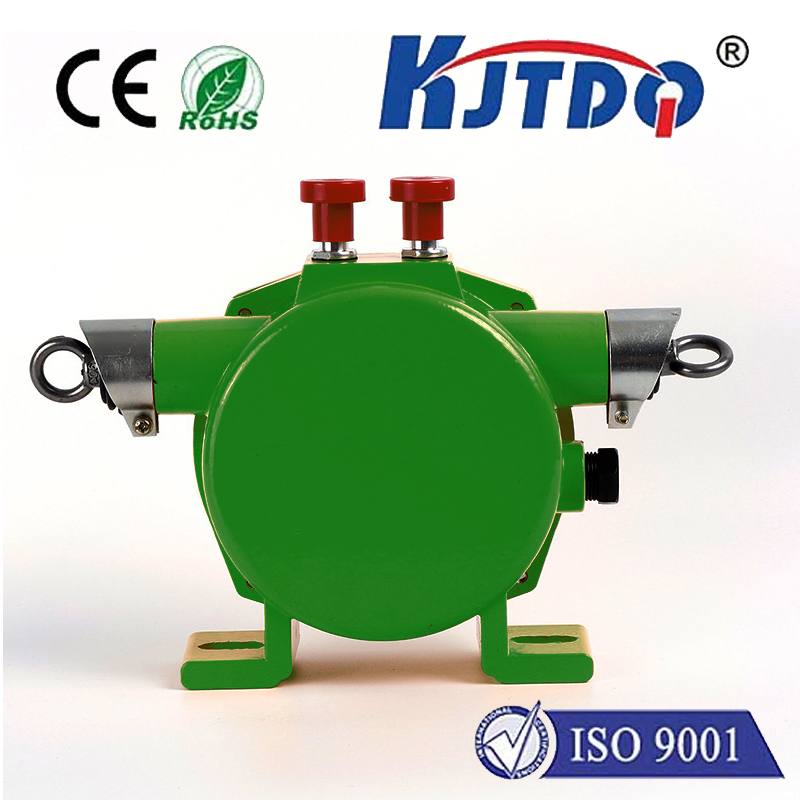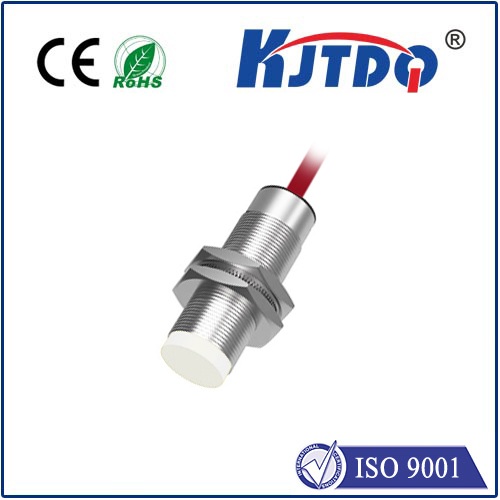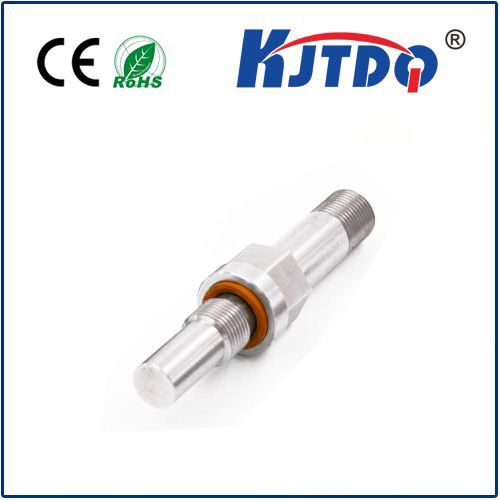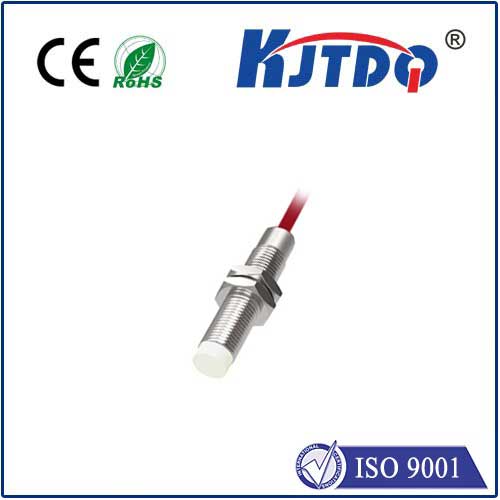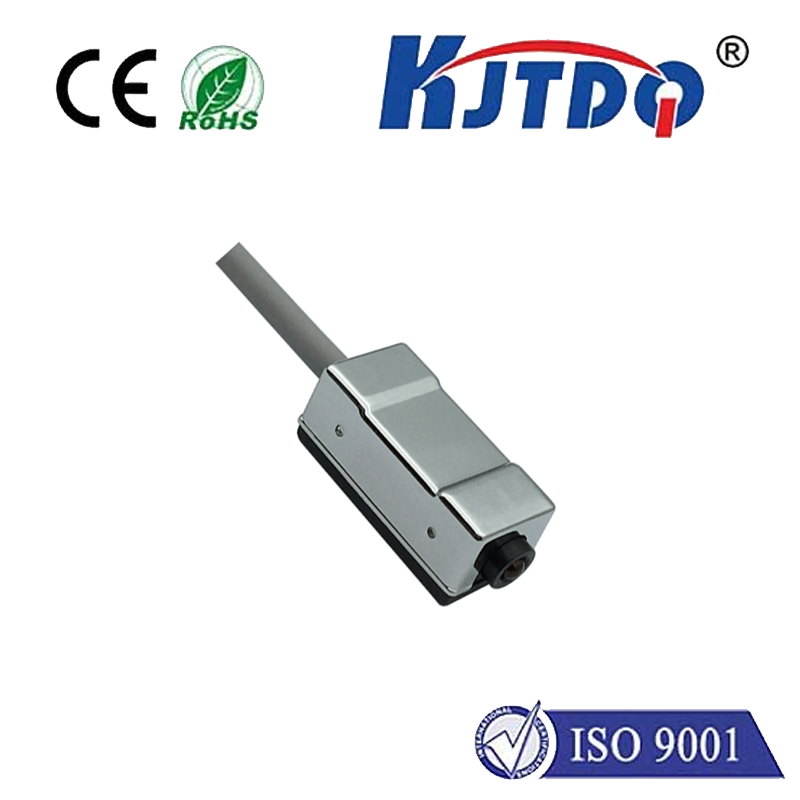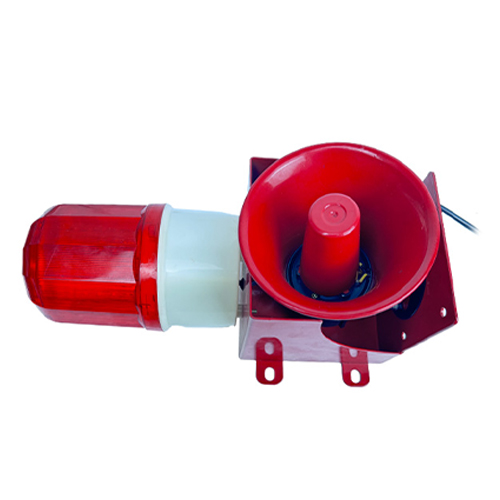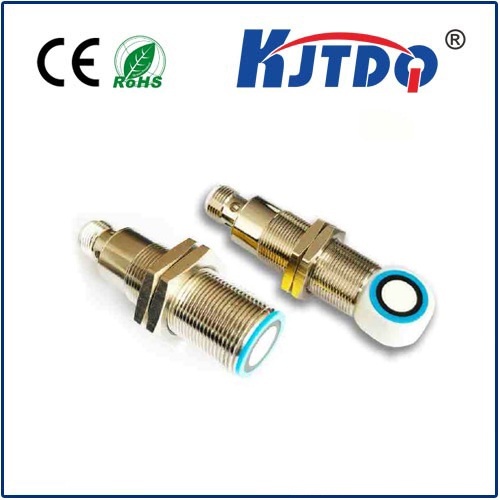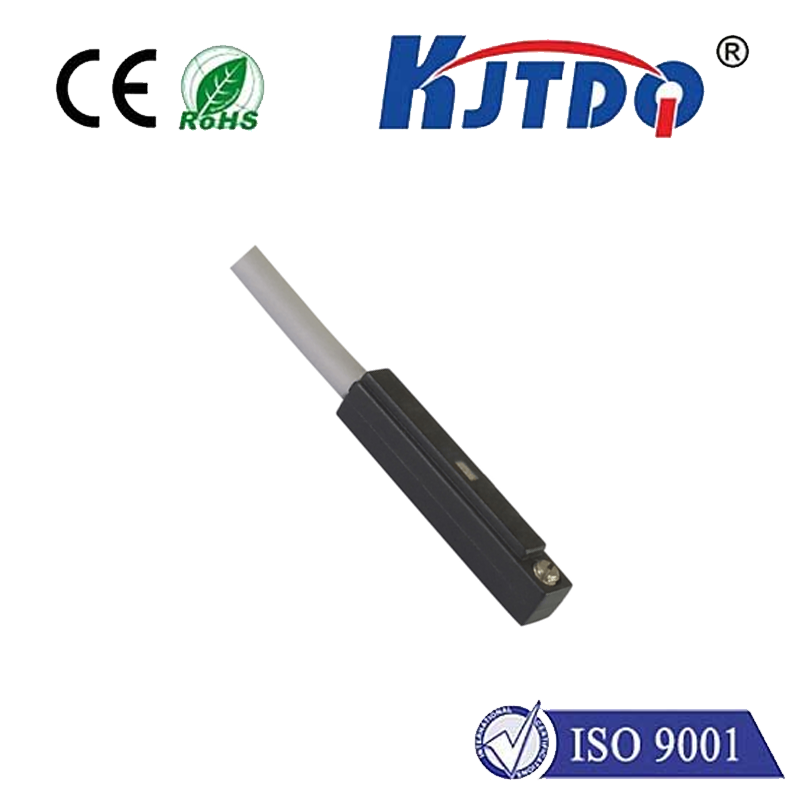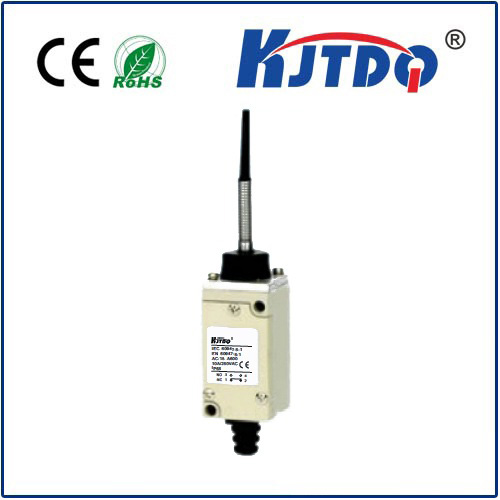

check

check

check

check
Imagine a food processing line running at full tilt. Sauces flow, steam fills the air, and high-pressure hoses blast down equipment nightly. Suddenly, a critical conveyor stops. Production grinds to a halt. The culprit? A standard limit switch, its internals corroded and contacts fouled by moisture and cleaning chemicals. This costly downtime scenario is precisely why stainless steel limit switches have become the indispensable workhorses in countless harsh industrial settings. More than just switches, they are robust electromechanical sentinels designed to withstand punishment where ordinary components would swiftly fail.
At their core, a limit switch is a fundamental control device. It detects the presence or absence of an object (its “actuator” making physical contact) or monitors position limits by opening or closing an electrical circuit. This simple action is the bedrock of automation, providing essential signals for machine sequencing, safety interlocks, position confirmation, and counting operations. Think of them as the tactile feedback system for machinery, telling a controller “the door is fully closed,” “the elevator has reached the top floor,” or “the robotic arm is in its home position.”
Why Stainless Steel? The Material Makes the Difference
While limit switches come in various housings (plastic, aluminum, zinc), the choice of stainless steel isn’t mere aesthetics; it’s a critical engineering decision driven by environmental demands. Here’s where standard switches falter, and their stainless counterparts excel:
Superior Durability & Impact Resistance: Stainless steel housings offer exceptional strength and resistance to physical impact, vibration, and abrasion. They protect sensitive internal components (contacts, springs, levers) from damage during operation or accidental knocks, significantly extending the switch’s operational lifespan compared to plastic or lighter metal alternatives. This translates directly to reduced maintenance costs and downtime.

High-Temperature Tolerance: Many industrial processes generate significant heat. Stainless steel maintains its structural integrity and performance characteristics at much higher operating temperatures than most plastics or standard coated switches, making it suitable for ovens, furnaces, welding lines, and hot machinery.
Enhanced Hygiene & Cleanability: The smooth, non-porous surface of stainless steel prevents the adherence of dirt, grime, and bacteria. This allows for thorough and frequent cleaning using high-pressure water jets, steam, or aggressive cleaning agents without damaging the switch, crucial for industries with strict sanitary standards.
Selecting the Right Stainless Steel Limit Switch
Not all stainless switches are created equal. Key factors to consider include:
Applications Where Stainless Steel Switches Shine
The inherent robustness of stainless steel limit switches makes them the de facto choice for critical positions in:
Beyond Just Durability: The Operational Advantage
The benefits extend far beyond mere survival. By resisting corrosion and physical damage, stainless steel limit switches deliver consistent, reliable switching performance over dramatically extended periods. This means:
Maintaining Peak Performance
While exceptionally robust, stainless steel switches aren’t maintenance-free. Regular visual inspections for physical damage or seal degradation, checking actuator movement, and periodic verification of electrical function (especially contacts) are recommended. However, the crucial advantage is that their inherent resistance often eliminates entire failure modes related to corrosion that plague standard switches, making maintenance simpler and less frequent.
In the relentless world of industrial automation, where moisture, chemicals, impacts, and rigorous cleaning are daily realities, the stainless steel limit switch stands as a resilient guardian. It transforms a fundamental component into a reliable, long-lasting solution, ensuring smooth operation, protecting investments, and enabling automation to thrive even
